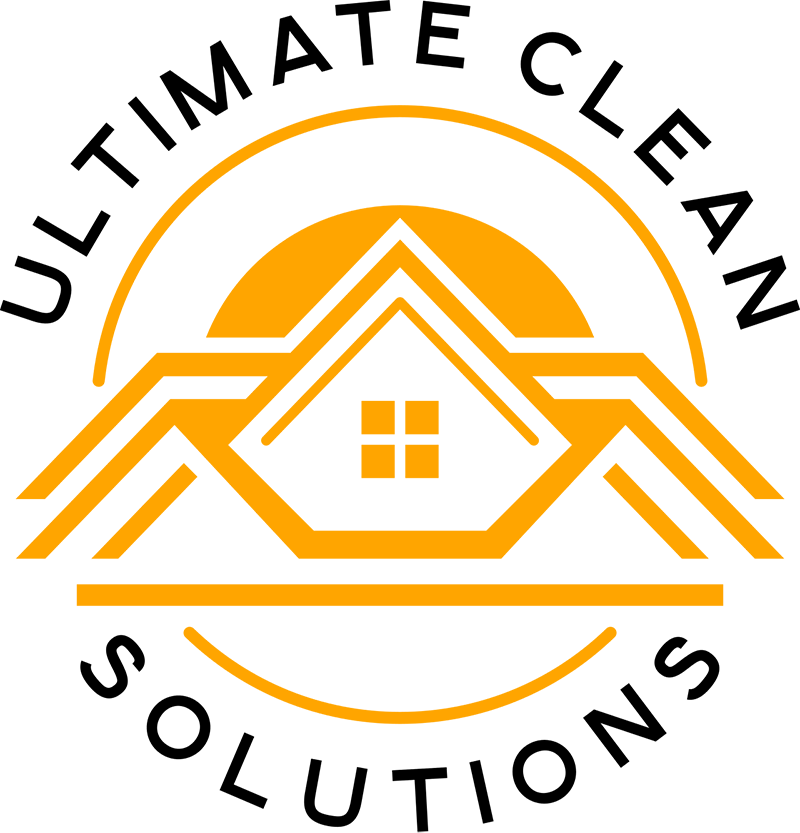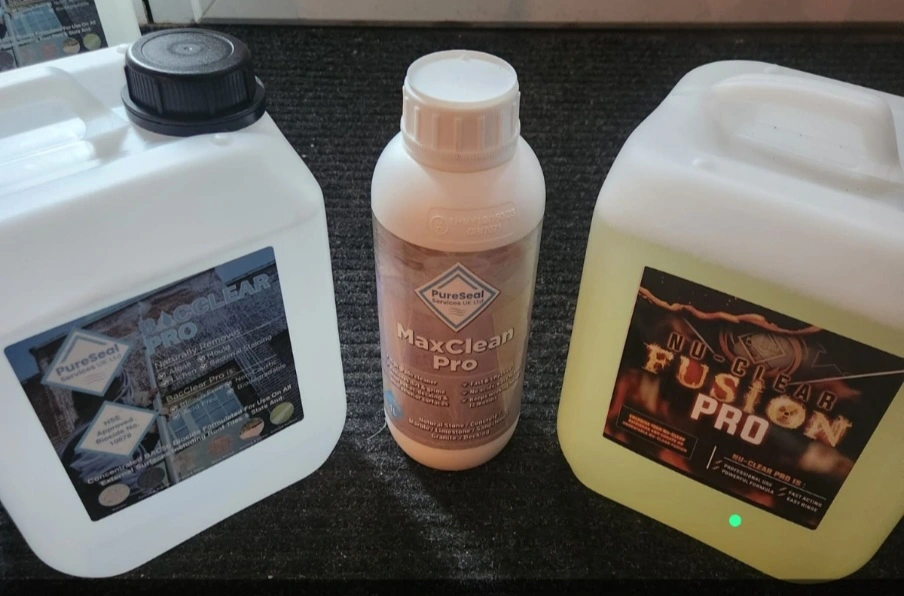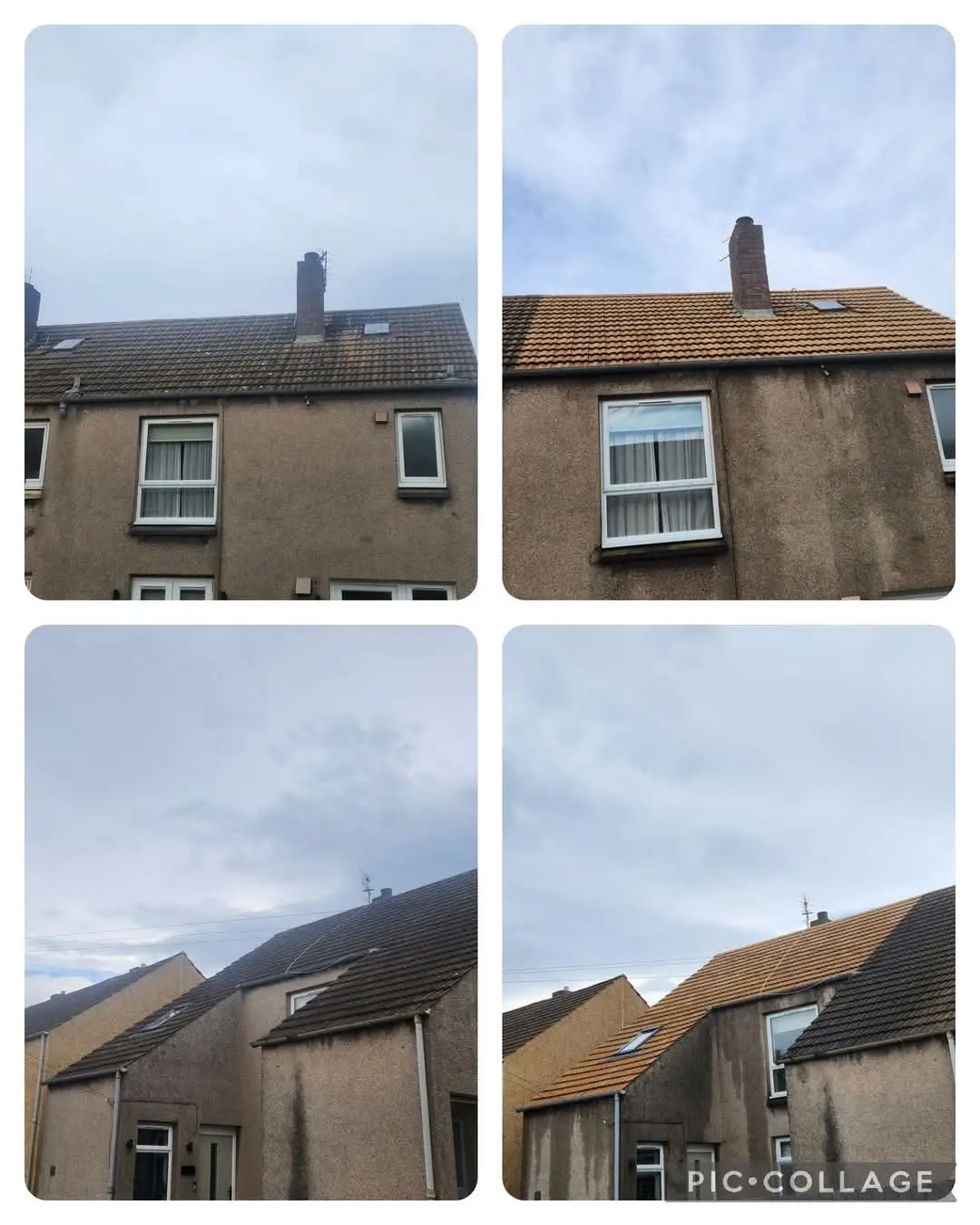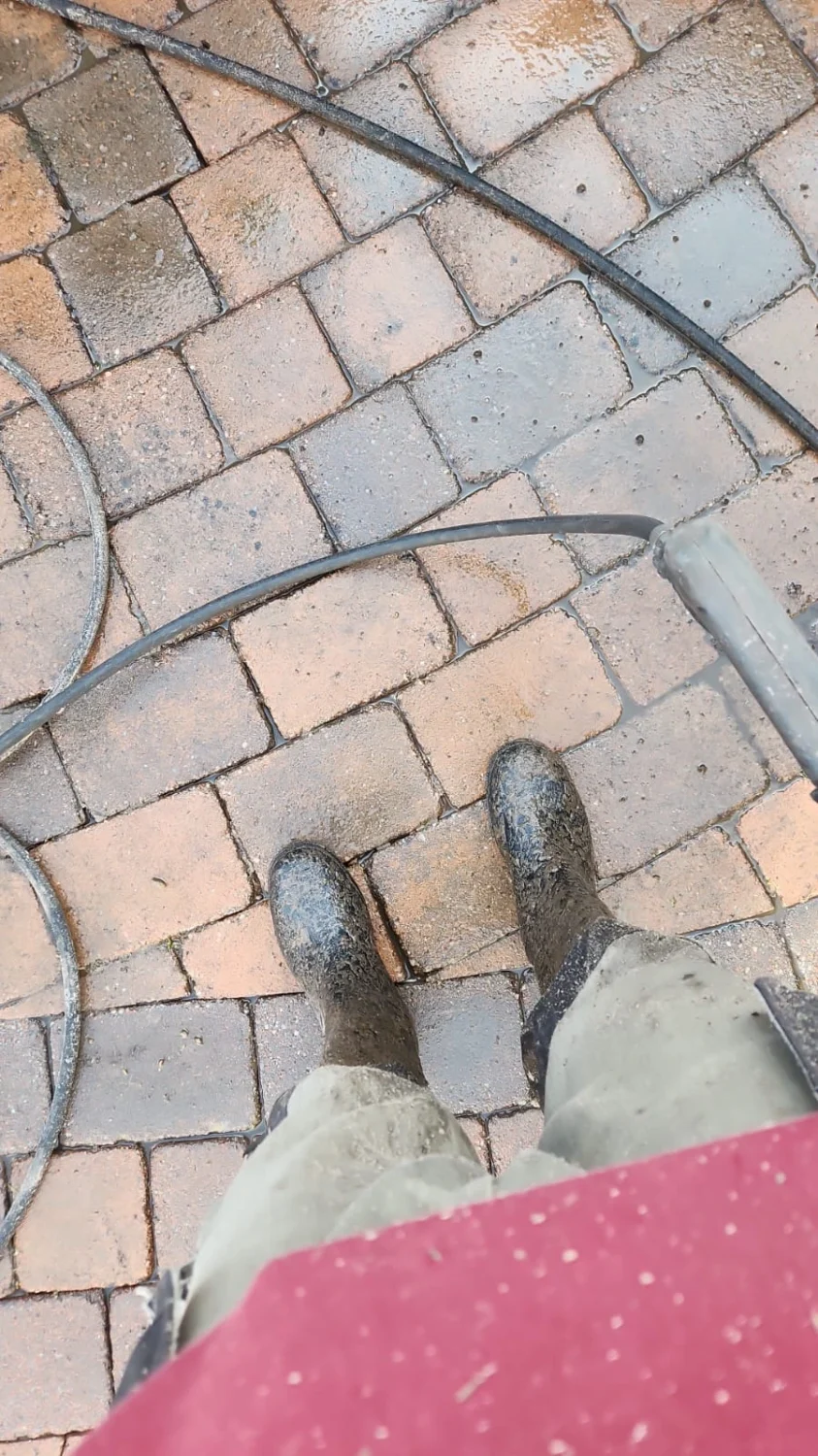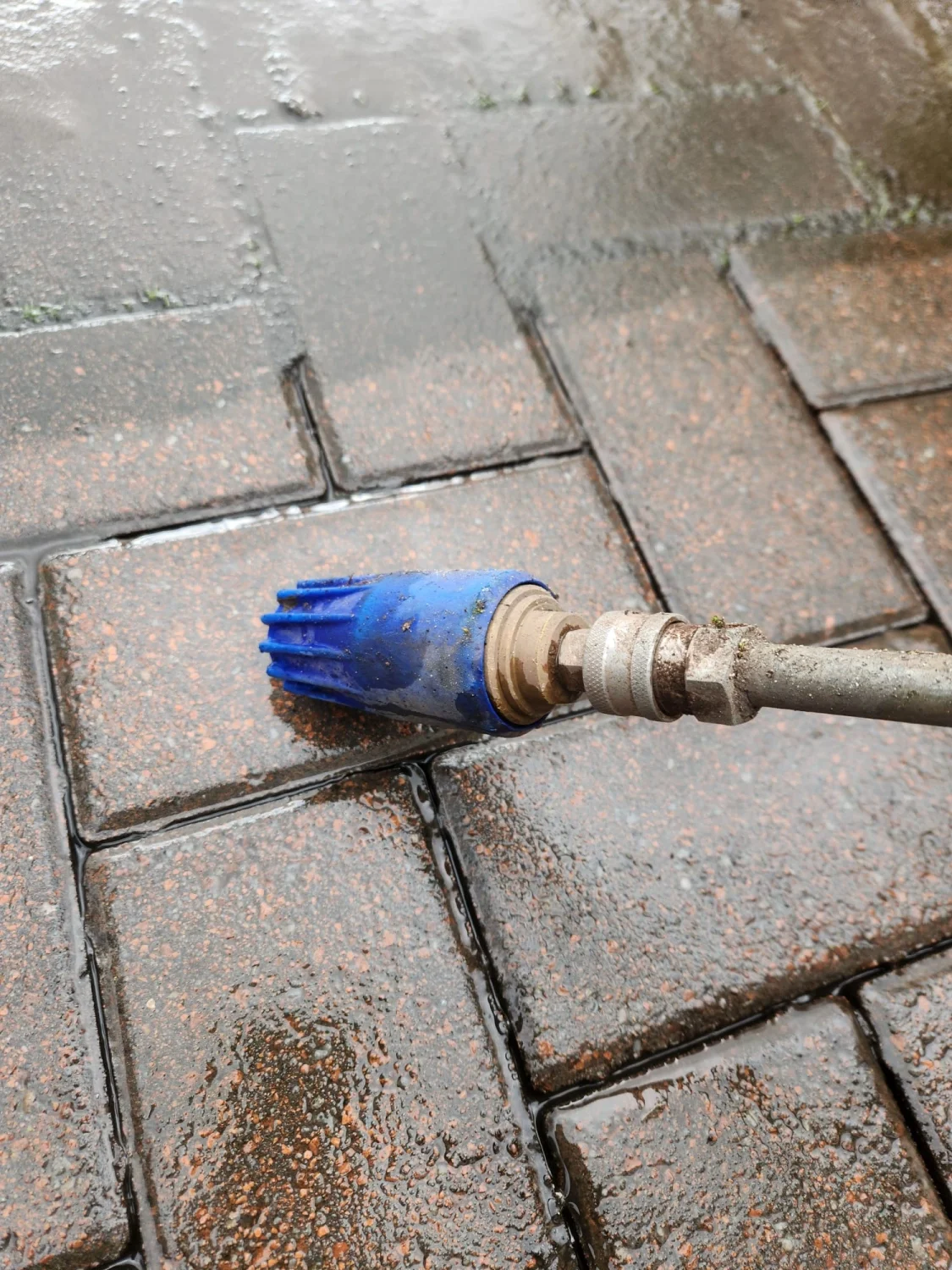Roof Cleaning: Techniques for a Pristine Finish
Keeping a roof clean is essential for maintaining its longevity and appearance. Two main processes for roof cleaning are scraping and applying a biocide, and pressure washing. Each method has its benefits and drawbacks. Understanding these can help homeowners make informed decisions.
Scraping Moss Off
Scraping moss off a roof is a traditional method. This process typically involves using a wire brush and roof ladders to reach different areas safely. It requires care and precision. While scraping can effectively remove moss and debris, it can also cause damage. According to the Roof Tile Association’s 2016 research, this method can leave marks and remove surface bits from the tiles. This is particularly concerning for older roofs, where preservation is key.
The Scraping Process
The scraping process begins by preparing the area. Safety is paramount. Always use a sturdy roof ladder and wear appropriate safety gear. Start by assessing the extent of the moss. If it’s a minor infestation, scraping can be quite effective. Gently brush the moss away, taking care not to gouge the tiles. The aim is to lift the moss without causing damage.
Once the majority of the moss is removed, it’s essential to follow up with a biocide, like Bac50. This step helps kill any remaining spores and prevents future growth. Applying the biocide is straightforward. Dilute it as per the manufacturer’s instructions and spray it onto the affected areas. It’s advisable to do this on a dry day to ensure maximum absorption.
Limitations of Scraping
While scraping seems efficient, it has its limitations. As mentioned, the technique can leave unsightly marks on the tiles. Over time, these marks can accumulate and affect the roof’s appearance. Additionally, scraping does not completely eliminate the possibility of moss regrowth. Without the application of a biocide, the moss can quickly return, necessitating further treatment.
Pressure Washing
Pressure washing is another popular method for roof cleaning. It uses high-pressure water to remove dirt, moss, and other debris. This technique can be very effective, but it must be used with caution.
How Pressure Washing Works
Pressure washing involves a machine that pumps water at high pressure. The water is directed through a nozzle, which creates a strong spray. This spray can easily dislodge moss and grime from the roof’s surface. Before starting, ensure that the roof is structurally sound. Any loose tiles or damage should be addressed to prevent further issues during the cleaning process.
Once the roof is assessed, begin by applying a cleaning solution if necessary. This solution can help break down stubborn moss and dirt. After letting it sit for a short period, use the pressure washer to rinse it off. Keep the nozzle at a safe distance from the tiles to avoid damage.
Advantages of Pressure Washing
Pressure washing offers several advantages. It effectively removes a wide range of debris, including algae, lichen, and dirt. Moreover, it can be quicker than scraping, saving time and effort. When done correctly, pressure washing does not leave marks on the tiles, unlike scraping.
Potential Risks
Despite its benefits, pressure washing has its risks. If the pressure is set too high, it can cause damage to the roof’s surface. This can lead to water infiltration and more significant problems down the line. Therefore, it’s crucial to use low-pressure settings. The Roof Tile Association recommends low-pressure washing as the best practice. This approach minimizes the risk of damage while effectively cleaning the roof.
The Role of Steam Cleaning
Another alternative gaining popularity is steam cleaning. This method combines the benefits of low pressure with the effectiveness of heat. Steam cleaning uses hot water to loosen debris while applying minimal pressure. This technique is gentle yet effective, making it suitable for a variety of roof types. When roof cleaning in Edinburgh, we always use this approach.
Advantages of Steam Cleaning
Steam cleaning has several advantages. First, it’s less likely to cause damage compared to traditional pressure washing. The heat helps to kill moss spores and algae, reducing the chance of regrowth. Additionally, the low-pressure aspect means less risk of dislodging tiles.
When steam cleaning, ensure that the equipment is set correctly. The steam should be directed onto the surface for a short period to break down the moss. Follow this up with a gentle rinse to remove any debris. As with other methods, a biocide application is recommended afterward to further protect the roof.
Combining Methods
Homeowners often find that combining methods yields the best results. For example, one might start with scraping to remove the bulk of the moss, followed by steam cleaning to ensure no spores remain. Finally, a biocide application will help maintain the roof’s cleanliness.
Making an Informed Choice
When deciding between scraping, pressure washing, or steam cleaning, consider several factors. The type of roof, extent of moss growth, and budget all play crucial roles. It’s also essential to consider the long-term maintenance of the roof.
For homeowners with older roofs, scraping may not be the best option due to the potential for damage. In such cases, pressure washing or steam cleaning may be more suitable. Always consult with a professional if unsure. They can assess the situation and recommend the best course of action.
Conclusion
In summary, roof cleaning is essential for maintaining the integrity and appearance of a home. Both scraping and pressure washing have their pros and cons. Scraping can remove moss effectively but may damage the tiles, while pressure washing can clean without leaving marks if done correctly. Steam cleaning presents a gentle alternative that combines low pressure with high effectiveness.
Ultimately, homeowners should choose a method that aligns with their roof type and condition. Regular maintenance, including the application of biocides, is crucial to prevent moss regrowth. By staying informed and taking proactive steps, you can ensure your roof remains in excellent condition for years to come.
See all of our services and more at www.ultimatecleansolutions.co.uk.
